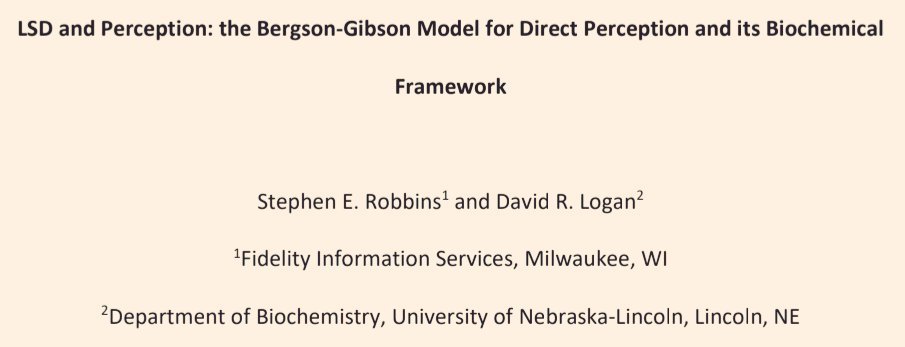Sublime
An inspiration engine for ideas
The goal, therefore, is to increase the total power of consciousness available for both attention and awareness.
Jeremy Graves • The Mind Illuminated: A Complete Meditation Guide Integrating Buddhist Wisdom and Brain Science for Greater Mindfulness
Melanie Boly, a neurologist and neuroscientist at the Medical School of the University of Wisconsin, Madison, is painstakingly collecting EEG data from long-term Buddhist meditators during a state known as pure presence, an experience with no self, no discursive thoughts, and no perceptual content except for a luminous expanse, an empty mirror.
... See moreChristof Koch • Then I Am Myself the World: What Consciousness Is and How to Expand It
Dr. J. B. Rhine, as head of Duke University’s Parapsychology Laboratory, proved experimentally that man has access to knowledge, facts, and ideas other than his own individual memory or stored information from learning or experience. Telepathy, clairvoyance, precognition have been established by scientific laboratory experiments. Dr. Rhine’s
... See moreMaxwell Maltz • Psycho-Cybernetics: Updated and Expanded
During lucid dreams, one can reason clearly, remember the conditions of waking life, and act voluntarily within the dream upon reflection or in accordance with plans decided upon before sleep—all while remaining soundly asleep, vividly experiencing a dream world that can appear astonishingly real.
Stephen LaBerge PhD. • Lucid Dreaming: A Concise Guide to Awakening in Your Dreams and in Your Life
There are six brain wave levels: infra-low, delta, theta, alpha, beta, and gamma. When it comes to hypnosis, theta brain waves are the doorway to memory and learning. Vivid imagery, strong intuition, and information from your unconscious become available to you while your mind is in this state. It’s the state we are all in as soon as we wake up in
... See moreGrace Smith • Close Your Eyes, Get Free: Use Self-Hypnosis to Reduce Stress, Quit Bad Habits, and Achieve Greater Relaxation and Focus
According to the binding problem in neuroscience, if you synchronize different parts of the brain, you get a single consciousness bound together. So following the idea’s logic: if you synchronized different people, what do you get? Is it not at least imaginable you could get some sort of experience that goes beyond any individual person’s
... See moreErik Hoel • The End of (Online) History
The areas that showed a decrease in activity are the medial prefrontal cortex and the posterior cingulated cortex, which play important roles in the regulation of self-awareness,
David Jay Brown • Dreaming Wide Awake
Robert Waggoner cleverly calls the “conscious unconscious.”16
David Jay Brown • Dreaming Wide Awake

